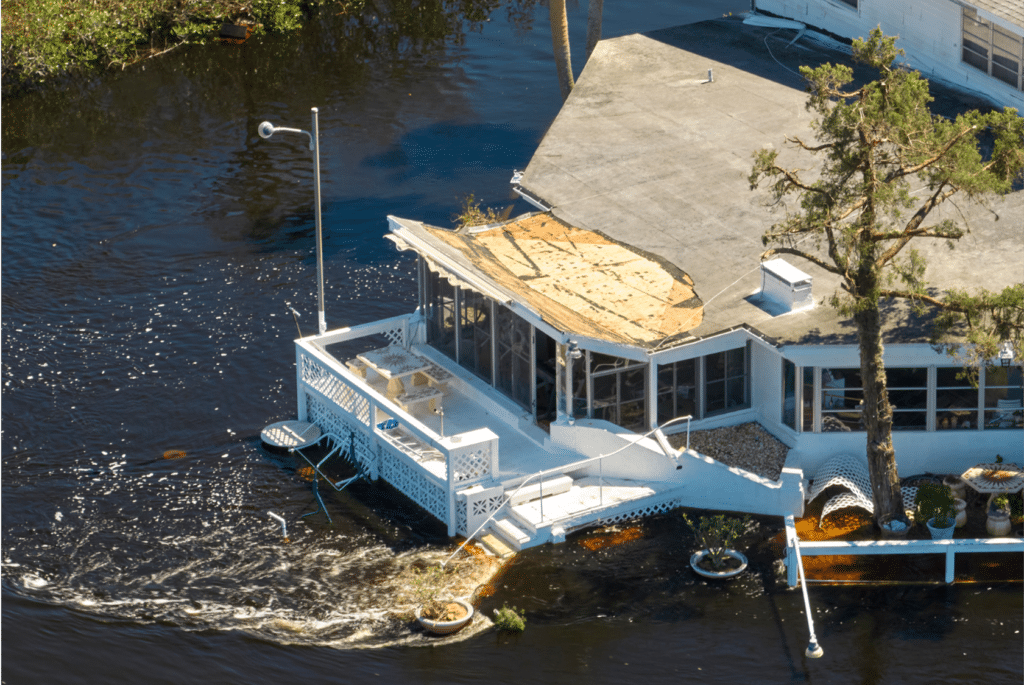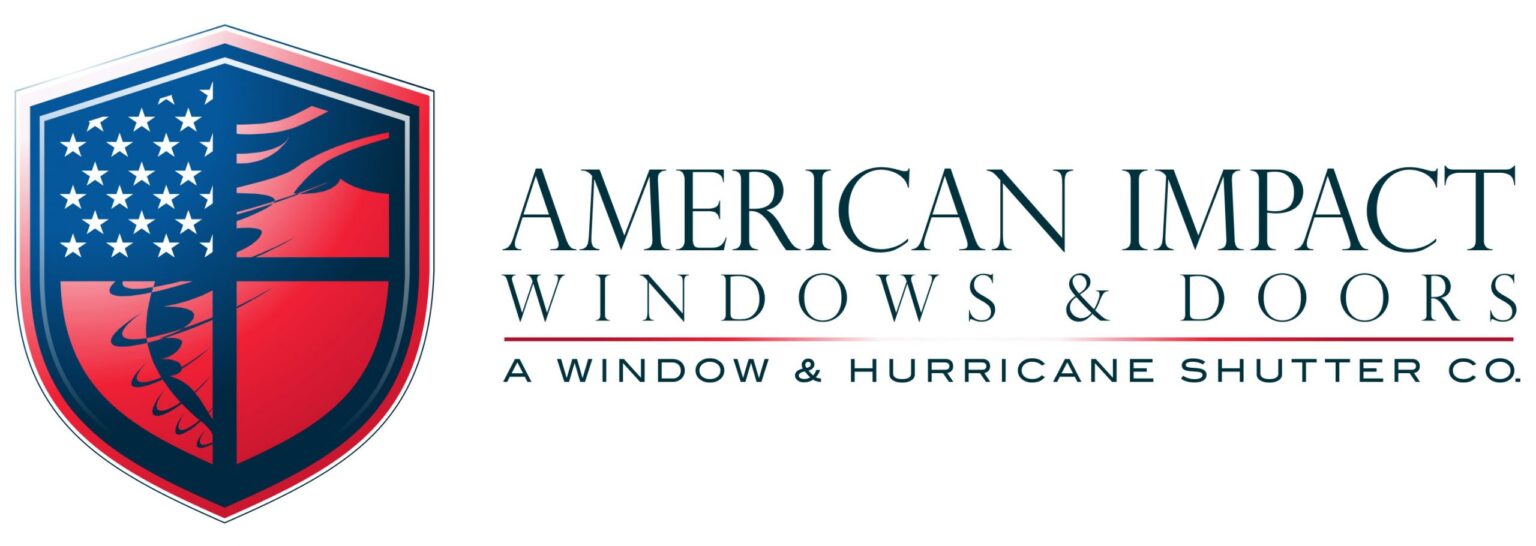From June 1 to November 30, a period marked by the possibility of powerful storms, known as Hurricane Season in Florida. As residents and visitors alike wonder when hurricane season starts, it’s important to recognize that the peak of activity typically spans from mid-August to mid-October—when conditions are more likely to the formation of these natural phenomena. A hurricane, defined by sustained winds of 74 miles per hour or more, not only brings high winds but also torrential rains and storm surges, posing a multiplicity of dangers.
Understanding Hurricane Season in Florida
These powerful storms are not random occurrences but result from specific atmospheric conditions.
- Warm Ocean Waters: Hurricanes are birthed over the ocean, specifically in regions where the water temperature is at least 26 degrees Celsius (79 degrees Fahrenheit). These warm conditions are found between 4° and 22° S of the equator and between 4° and 35° N, providing the necessary heat energy to fuel the storm’s development.
- Six Key Conditions for Hurricane Formation:
- A minimum ocean water temperature of 26 degrees Celsius.
- A pre existing weather disturbance, such as a tropical wave.
- Sufficient thunderstorm activity to convert the ocean’s heat into energy.
- Low wind shear, which allows the storm to organize and intensify.
- An area of low pressure is created by rising warm air, leading to increased airflow and storm formation.
- When the storm’s wind speeds reach 74 mph, it escalates to a hurricane.

The Saffir Simpson Scale
To understand the potential impact of hurricanes during the hurricane season in Florida, it’s essential to be familiar with the Saffir Simpson Hurricane Wind Scale. This scale provides a clear framework for categorizing the intensity of hurricanes based on their sustained wind speeds:
- Category 1 (74-95 mph): These hurricanes can cause significant damage, with very dangerous winds that may result in damage to roofs, siding, and trees, as well as power outages that could last a few days.
- Category 2 (96-110 mph): Winds at this level become extremely dangerous, leading to major roof and siding damage. Trees may be uprooted, and power outages could extend from several days to weeks, highlighting the importance of thorough preparation when hurricane season starts.
- Category 3 (111-129 mph): These are considered major hurricanes, causing devastating damage. Residents can expect significant roof and siding damage, numerous uprooted trees, and potentially lengthy power outages, reinforcing the need for robust hurricane strategies during the hurricane season in Florida.
- Category 4 (130-156 mph): With catastrophic damage likely, these hurricanes can severely damage even well built homes, uproot most trees, and lead to power outages that may last for weeks or even months. Understanding the scale’s implications is crucial for anyone within the hurricane’s potential path.
- Category 5 (157 mph or higher): The highest rating on the scale, these hurricanes can cause catastrophic damage, with a high percentage of framed homes being destroyed, and power outages lasting for weeks to months. Over 85% of all damage from hurricanes comes from these major hurricanes, underscoring the gravity of these natural events.
Preparing for Hurricane Season in Florida: Essential Tips and Resources
As the hurricane season in Florida approaches, with peak activity from June to November and heightened vigilance in August and September, residents must prepare meticulously to mitigate the risks. Here are essential tips and resources to ensure safety and readiness:
Home and Personal Preparedness
- Evacuation Plan: Develop and practice an evacuation plan, aligning with local guidelines during watches and warnings. Team up with a neighbor or relative to assist each other in case of evacuation.
- Supply Kit: Assemble a hurricane kit, ensuring you have the following for at least seven days:
- Nonperishable food and water.
- First aid kit, personal hygiene items, and a two week supply of medications, especially for older adults.
- Flashlights, a battery operated radio, and extra batteries.
- Copies of important documents in a waterproof container.
- Special needs items for children, seniors, or pets.
Hurricane Proof House
To fortify your home against hurricanes, consider installing impact windows and doors, as well as ensuring a sturdy roof.
- Impact windows
Impact windows are specifically engineered to resist high winds and debris impact. They are made with multiple layers of glass and a durable interlayer, such as polyvinyl butyral (PVB), which holds the glass together even when shattered.
- Impact doors
Impact doors are designed to withstand the force of a hurricane. They are constructed with reinforced glass and frames, making them highly resistant to wind, debris, and water infiltration. Impact doors come in various styles, including entry doors, patio doors, and garage doors, ensuring comprehensive protection for your home.
- Sturdy Roof
A strong roof is vital during a hurricane. It protects homes from powerful winds, rain, and debris, ensuring residents’ safety and the structural integrity of the house. Investing in a well installed roofing system is crucial for weathering the storm with confidence.
Safeguard your home today and protect your loved ones from the wrath of hurricanes, with American Impact.
Contact us for expert hurricane proofing services or to learn more about impact windows and doors. Together, we can make your home a fortress against the storm.



